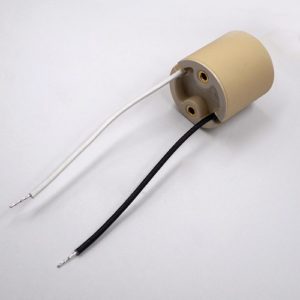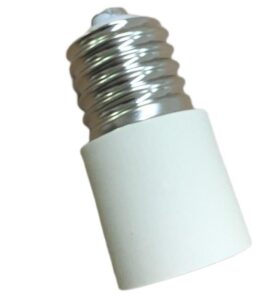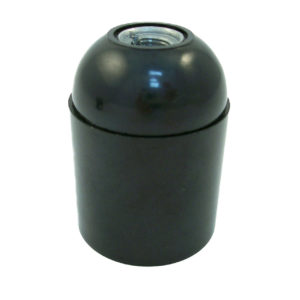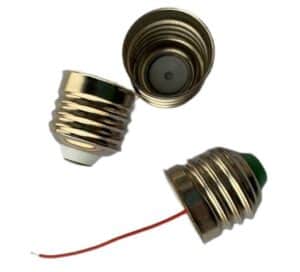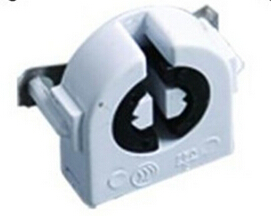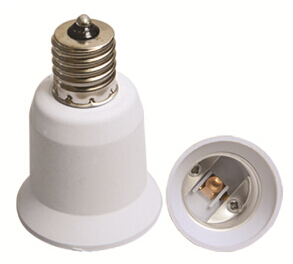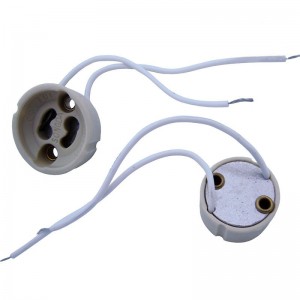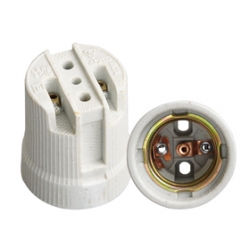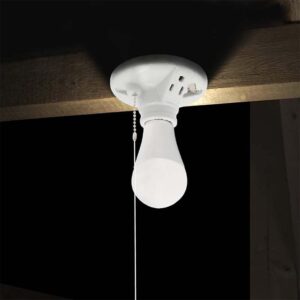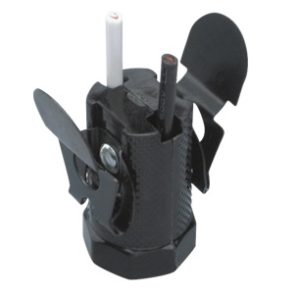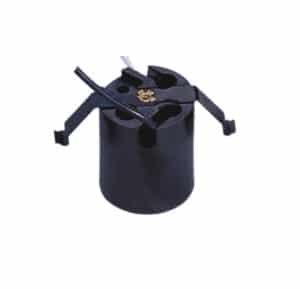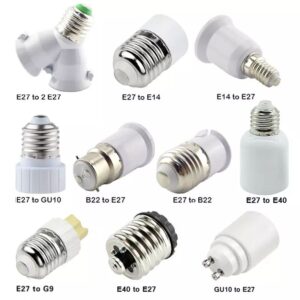LED street lamps have the I-N characteristics of general P-N junctions, i.e., forward conduction, reverse cut-off, and breakdown characteristics. In addition, under certain conditions, it also With luminous properties. At the forward voltage, the electrons are written from the N region to the P region, and the holes are written into the N region by the P region.
A small number of carriers entering the opposing region (part of the minority), which is combined with the majority carrier (multi daughter), is luminous. The present power of LED is about 30%, and the power will be 70% Heat energy needs to be treated with heat. The TJ junction temperature of high power white LED in 70% days and the brightness attenuation contact can be seen: TJ=50 C
When life is 90000 hours, TJ=80 C, go down to 34000 hours, TJ=115 degrees, the life only 13300 hours. TJ
In the thermal expansion plan, the maximum allowable junction temperature TJmax shall be put forward, and the temperature TJ of the internship shall be less than or equal to the requested TJmax, that is to say TJ = TJmax.
From the above inspection data, it is shown that the ambient temperature of the light emitting diode can work normally, and its junction temperature should be (85 DEG C). Above this temperature
The range of power will be greatly decreased, even burned. We can see the importance of the direct influence of temperature. What is particularly worth mentioning is that, yes, yes
The heat dissipation rate of the heat sink material attracts attention and the formation of the heat of the light source can not be effectively treated, resulting in serious attenuation of light. A lot of production now
Manufacturers of high-power LED heat sink shell, the use of different foundation alloy aluminum material, the thermal conductivity is different, some of the materials scattered
The heat rate is difficult to meet the working conditions of LED.

